How to build a wave pool: Urbnsurf creator Andrew Ross’ new venture can help
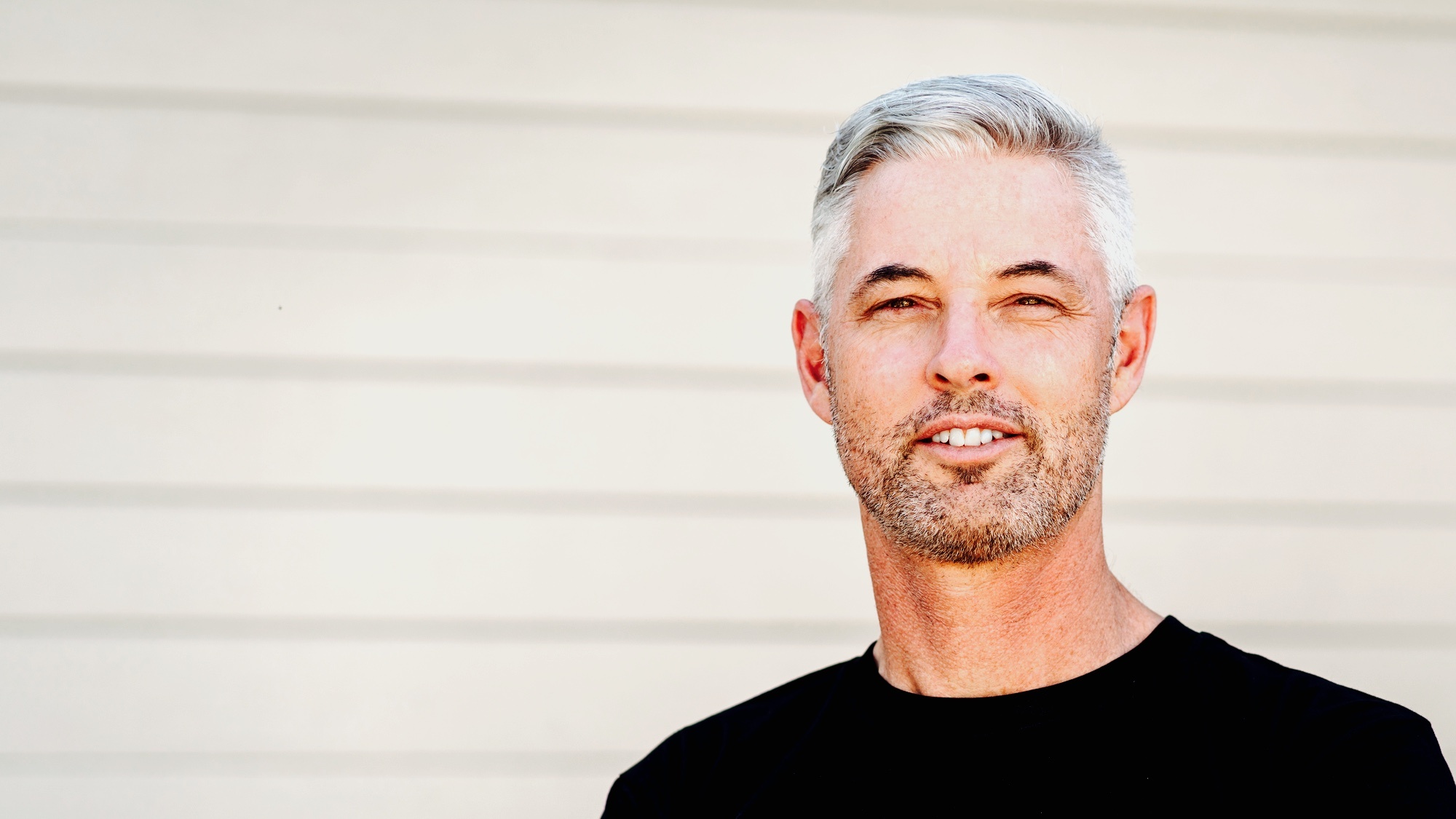
Andrew Ross is a bit strange. Not making-art-out-of-tin-foil-scraps strange but merger-of-very-different-worlds strange. He’s the gravitational force where banking, investment, law, and surfing meet. Andrew can crunch numbers like Rainman in Vegas, divine intent from reams and reams of legal docs, and forecast investment performances like Wall Street’s best wolf. But he’s also a guy who puts surfing first, especially when it’s firing. The monumental achievement of building Australia’s first wave pool utilized every component in this strange amalgamation of skills.
Now Andrew is pursuing new endeavors. And the world will see more wave pools as a result.
We spoke with Andrew about his new business with Aventuur and in the process drew a more detailed bead on how rapidly the surf park space is transforming and evolving. We learned industry secrets, some of which we’ll share – like did you know that fill dirt for a project or connecting into the power grid can push a project millions of dollars over budget?
In this interview, Andrew speaks candidly and in great detail, a rare gift in the age of canned marketing pitches and hollow LinkedIn self-promotion. If you’ve ever considered building a wave pool or simply want to know how it’s done, here’s advice from the best in the business.
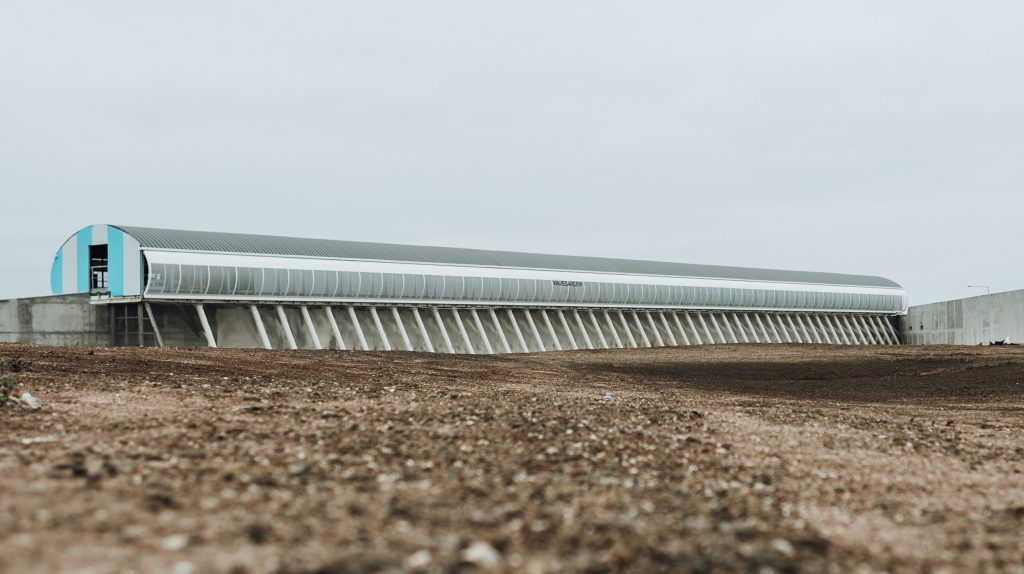
You started the Urbnsurf journey in 2012 and put in years of hard work and now you’ve moved on. Tell us about that.
Yeah, It’s been an incredible journey. Having traveled about 275,000 kilometers last year from Perth to Melbourne, backward and forwards each week, to deliver the Urbnsurf Melbourne project, I was looking to step back a little bit. A couple of opportunities popped up for me to consider where I could take all the things that I’ve learned over the course of the last seven or eight years and look to apply them in a more global context. That became really attractive to me.
I am naturally more of a founder/start-up guy than a hardcore, large company operations guy, and Urbnsurf was growing very quickly. The team we’ve got at Urbnsurf is doing great things, but I felt the opportunity to work on new projects outside of Australia would be really exciting. It also meant pursuing business models that are slightly broader than what we were pursuing at Urbnsurf.
So I was approached by my new partners at Aventuur, Nick, and Richard and we got along like a house on fire. We’ve got great complementary skills and we’re looking to develop the pre-eminent origination platform and execution team in the surf park industry and try and capitalize on the experience that I have as well as what Nick and Richard both have formed their past lives as well to deliver some incredible projects in the space.
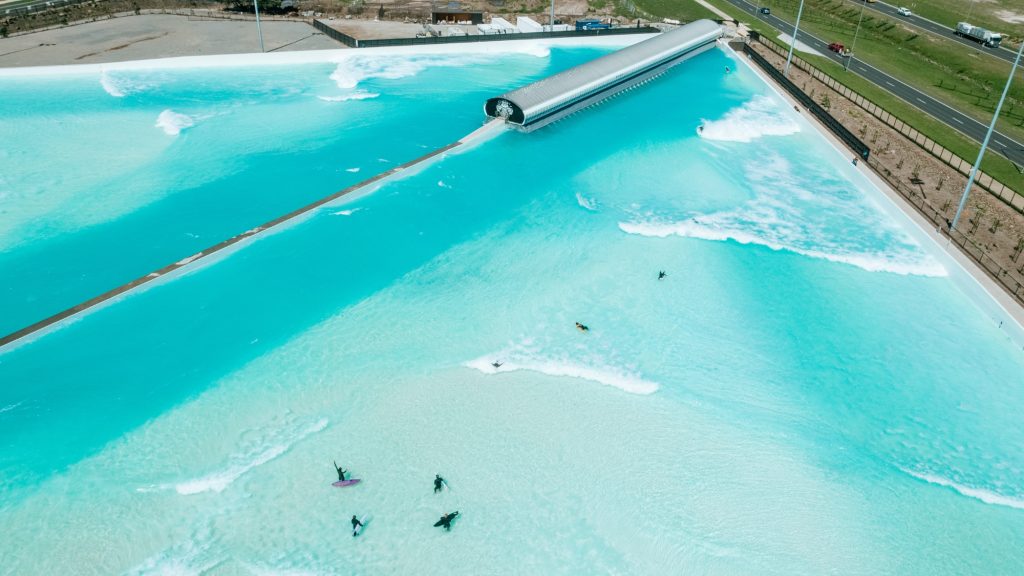
And what exactly does Aventuur do?
Our primary business is to develop integrated real estate developments that include a surf park as the central element of the ecosystem. So, the way we see the world is there are probably three different surf park business models at the moment.
One is the Urbnsurf model I was previously pursuing, where you locate a surf park in an inner urban location with a large existing surfing population and it is a bit of a standalone project. The next iteration of that is more a ‘suburban’ model where you develop a surf park and create a broader community around it, incorporating visitor accommodation, perhaps co-working spaces, wellness and well-being offerings, even residential lots which would be linked to it. And then the third iteration is more your destination style offering, and there are a few of those types of projects that are being pursued around the world at the moment.
This is a natural evolution in the industry as different technology options are being proven commercially, allowing us to look at some of these new business models to develop different types of projects.
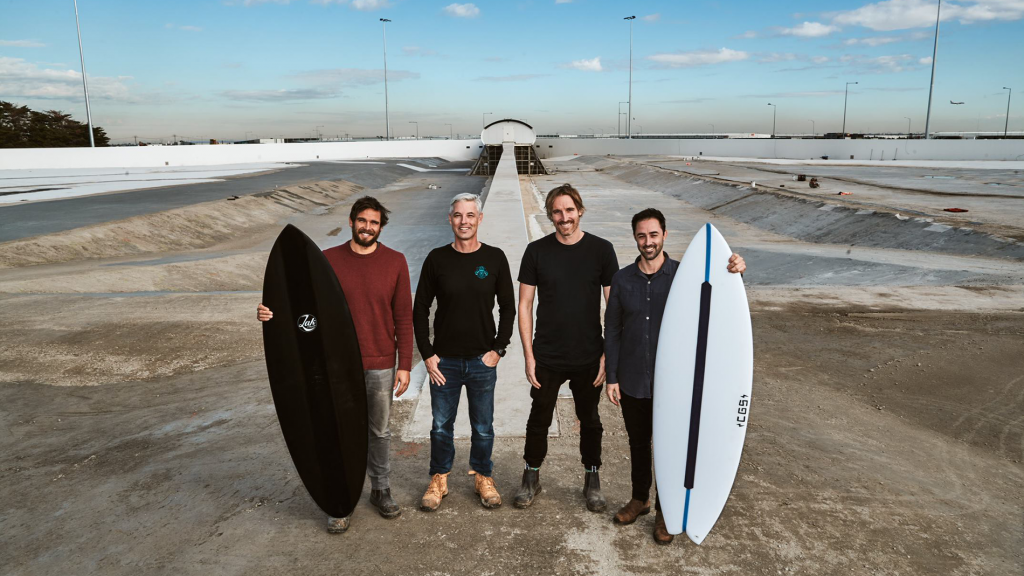
So, say I want to be a surf park developer and I’ve got investors and I’ve got a piece of land. At what point do I call you up and what exactly can you do for me?
From Aventuur’s perspective, our primary focus is to develop our own surf park projects around the world. We’ve secured the rights to Wavegarden’s technology for several different countries and we’re pursuing developments in those jurisdictions right now. But we’re also interested in looking to participate in and collaborate alongside other developers that are looking to develop interesting surf park projects around the world.
As a team, we’ve got some fairly unique skills that we can bring to the table, including access to institutional sources of capital, and obviously the design and development background that I’ve had with Urbnsurf. I think that’s an interesting one for us as well to look to collaborate with great people on great projects in other parts of the world.
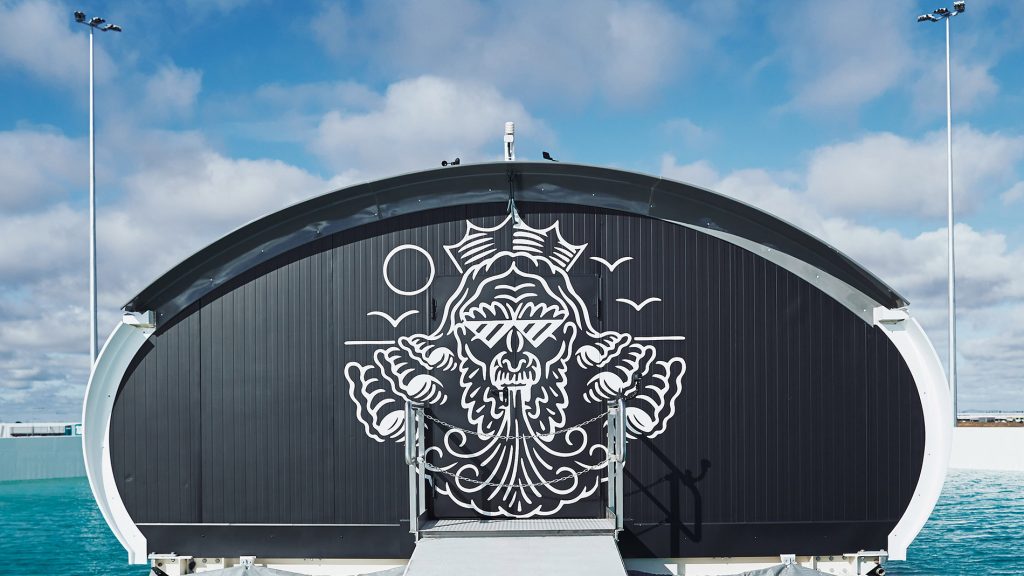
Conversely, what if I have a location and a great idea but no investors or market research. But, I live and breathe this dream project. Can I still call you?
Yeah, it’s interesting. I think the industry has been blessed with people who have a huge amount of passion and enthusiasm for what we’re all trying to collectively do, and that’s really admirable. But the passion only gets you so far, particularly when you’re talking about projects that require circa $40 to $60 million, which are significant property developments. They are complex and need a significant amount of expertise for them to be successful. At this early stage, we need every surf park project that gets off the ground to be successful, so as to further reinforce the industry and to attract more capital.
So, I guess the first thing I’d do if someone came with a great idea is you need to examine some key factors. For me, I start with the market. You have to have a detailed look at the characteristics of the market where you’re looking to develop a surf park: How large is it? What do people in the area do? How much disposable income do they have? What’s their predilection towards surfing? What other things exist within that market that might be competitive with a surfing lagoon? So I always start with a market review. Second thing you then do is, if they have identified a site, it’s all of the due diligence you would normally do, which is associated with the ownership rights associated with the site, as well as technical requirements, which very much means looking at the geotechnical conditions. Obviously, the quality of the dirt is directly related to the ultimate size of the CapEx for your park.
If you have a poor quality site, it just causes you such significant issues in terms of trying to design around those limitations. So, I always encourage people to try and secure the cleanest and best quality sites from a geotechnical perspective. And then there’s a whole list of other things, in terms of availability of major services for water and power supply. Questions like “what’s the status of the network in your local region?”. “Do you need to reinforce your HV substations”? “What’s the local power provider got in their schedule to be able to do that?” You’re talking around $10 million extra to bring through large volumes of power if it doesn’t already exist within the network. There are questions around transport connectivity. Also, town planning laws and looking at issues like a nuisance that may be caused by light spill and noise from the wave generator and breaking waves. The sound pressure level from breaking waves is about 75 decibels at the shoreline. That typically exceeds noise limit regulations in most jurisdictions for any sensitive receptors like residential housing or that sort of thing that might be located nearby.
There are also things like the geometry of the site, and the arrangement of the lagoon. “Can you point it into the prevailing winds in the summertime so you can get offshore conditions?”, etc, etc. There’s a very long list of things to look at when you go through a site feasibility and project due diligence process.
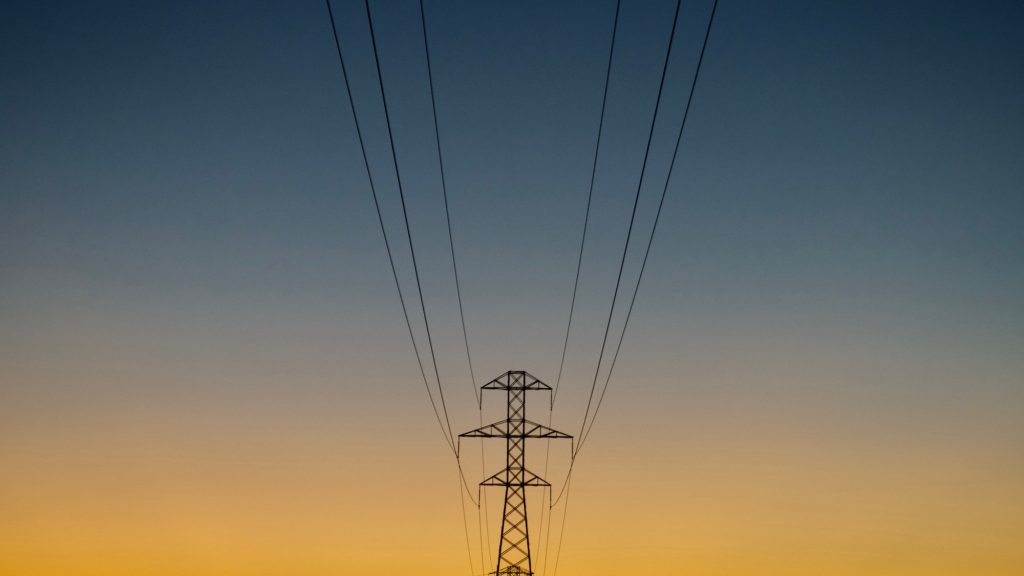
Is that a Top Ten list? That is so much to take into account. We were happier when it was just a pipe dream!
Yeah, there’s a Top Ten list we use for initial screening of sites to identify risks and opportunities, but then there is a pretty deep dive we do after that. And I think that’s the kind of sophistication that developers of surf parks have to recognize. If you do find a site you like, you do have to engage proper consultants to assist you, because there’s a multitude of things that could just blow you up as you go along. These are very complex, multidisciplinary, predominantly civil construction projects that are CapEx heavy. Everything may stack up, for example, you may need to secure 10,000 cubic meters of clean fill and that is expensive. Or you have spoil for the site you have to get rid of, or you have contamination on the site that you weren’t aware of from some activity that happened 40 years ago that you will be held responsible for. Or maybe you’ve got some rare orchid on your site that only blooms for about three weeks of the year, but it’s a protected species. And so, therefore, you need to get very complicated environmental approvals through an agency. There’s a whole range of things.
So the picture I’m trying to paint is that you need to be incredibly dedicated, diligent, and approach this in a very professional manner to ensure success. And if you’re not that person, that’s fine. You might be the ideas person with vision and passion, which is great! But just make sure you partner with someone who can approach your project from this perspective. Because otherwise you just simply won’t be successful in raising the capital you need, getting the design right, and then in delivering a successful business.
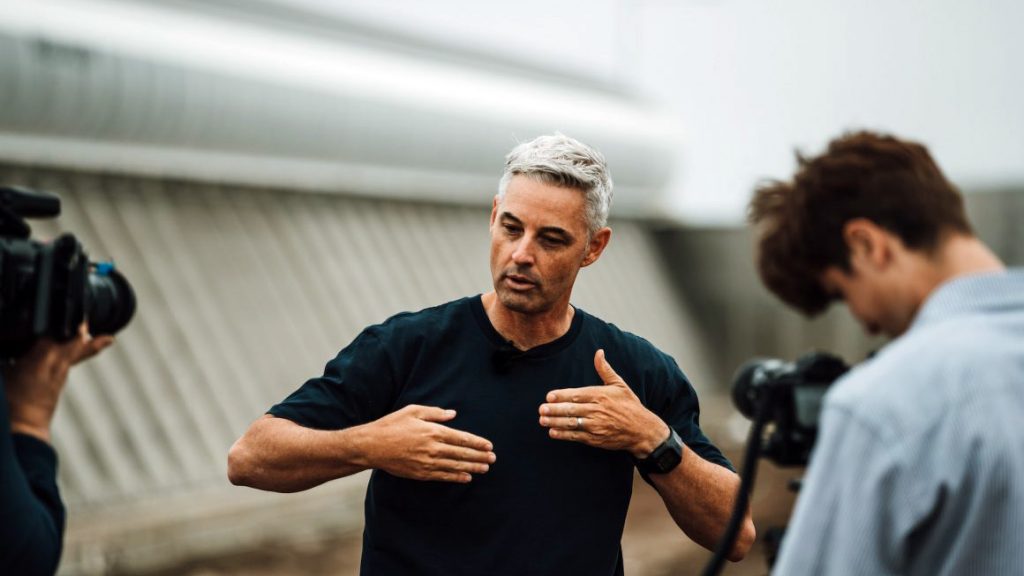
We learned quite a bit talking with the company that did construction for Surf Loch. They shed light on the pitfalls and things to look out for such as it’s easier to blow up bedrock for a pool than going into a water table. Which leads to this next question, if you knew now what you knew seven years ago, what would be the one thing you’d do differently?
I would get more sleep and make sure that I dedicated a bit more time to my long-suffering wife and family! It is all-encompassing when you’re trying to deliver major projects like this. And because you’re so passionate about them, it is very easy to throw your life out of balance. I think that was probably a major lesson.
I think the second thing is, I always felt a sense of urgency in what we’re doing. It was a bit like that line from ‘The Blues Brothers’ movie, “We’re on a mission from God.” The feeling of urgency can impact your decision making. You will have a certain capital budget to deliver the project against and “time is money,” as they say. Speed to market is always important, but I think the learning for me was ensuring that all of your design is completely locked down before you move to the site. That is so critically important. We moved to the site and we still hadn’t resolved a few elements of the design with Wavegarden ‘Cove’, and that got us a little bit caught up with some issues that we had to deal with as a result.
But you know, in some respects you have to do that sometimes. There is a phrase about being entrepreneurial: “Being an entrepreneur is like jumping off a cliff and trying to build a plane on the way down.” And that’s very much what it felt like when we started trying to build the ‘Cove’ for the very first time. And I think when you do anything for the very first time, there’s always going to be learnings. So, I guess what I know now is placing me in the best position possible to be successful with future surf park projects. I’m super excited about getting involved in the construction of future parks because I’ve done it already and I know what to look out for, whereas we had only a limited idea of what we were getting ourselves into in a lot of different ways with the Melbourne build.
But yeah, I think it’s making sure you get enough sleep. That’s probably my most important recommendation!
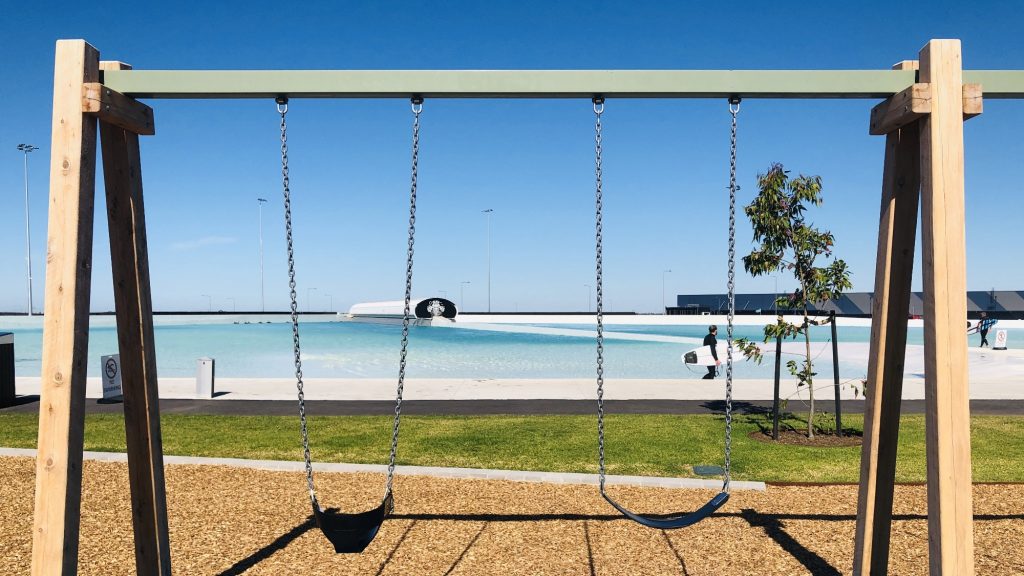
Are you in a position to share any projects that are coming up right now?
I’m not at the moment, but I can say that we’re looking at some really exciting things and there’ll be more news very shortly, and we’ll make sure that the readers of WavePoolMag are the first to hear about it.
There are several really good projects which we’re considering at the moment – ones that we’re leading, and others where we’re looking to partner with other groups. And I’m just truly excited by what’s happening in the surf park space at the moment. We’re just seeing the recent footage out of Korea with the latest Wavegarden Cove that’s been delivered. For me, that’s another step up in terms of what can be achieved with Wavegarden’s technology. So we’re delighted to see what’s happening there. And obviously, we are going to take the benefits of that work and incorporate it into the new projects we’re pursuing with Wavegarden in our territories.
But yeah, “watch this space.” We’re keen to speak to anyone who has a great idea for a great project, but we’ll be coming back to the market with more information about our projects in the near term.
Related Coverage
